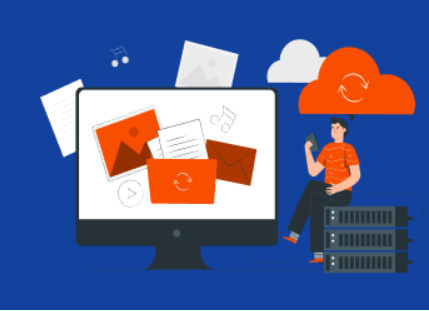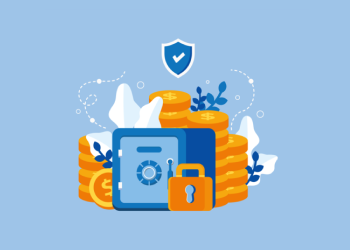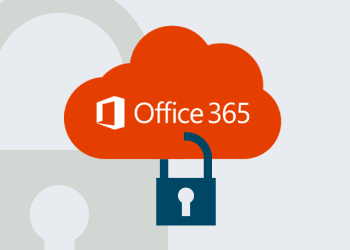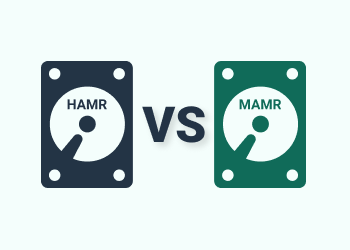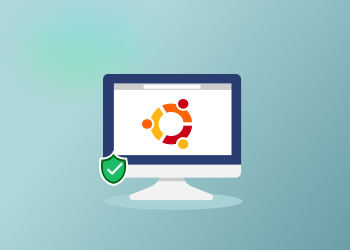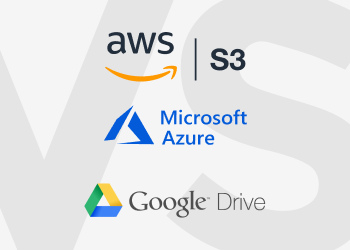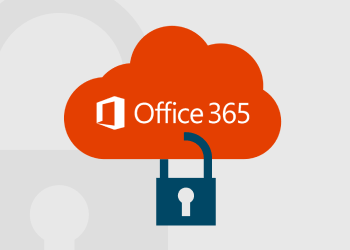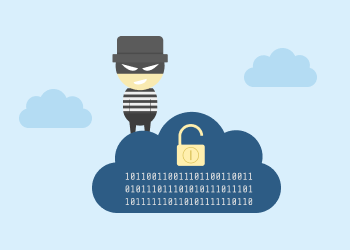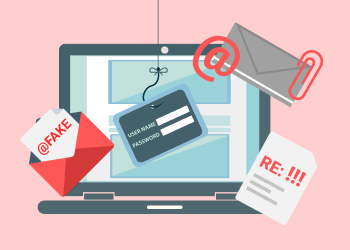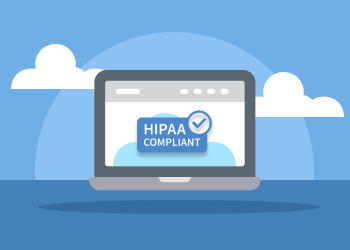Ransomware attacks are major threats for organizations across the board — but no two attacks are the same, in part because of the industry-specific challenges and risks that businesses face.
How Ransomware Works and How Backups Can Help
If you think ransomware works in the same way as other types of cyberattacks, you may be overlooking important steps for protecting against it. This article provides an overview of defending yourself against ransomware by assessing the current state of ransomware threats and discussing the latest developments in ransomware design, and creating a ransomware backup strategy.
Continue reading
PowerShell Remote Alerts for Firewall
December 2019 has witnessed three major ransomware attacks on MSPs and service providers (and we're only halfway through the month!). The data of more than 100 dentistry practices was encrypted via an attack on an MSP, one of the biggest US data centers provider was hit and the data of several non profit organizations was encrypted with ransom demands of around $500,000.
5 Critical Cybersecurity Tips for SMBs in 2024
If you run a small business, you might not think that you are a priority target for hackers. But you'd be wrong and here are 5 critical cybersecurity tips.
Small and Medium-Sized Businesses (SMBs) are among the most frequent target for cyber attacks. Even the smallest business holds a wealth of personal information on customers, employees, and other businesses. In addition, SMBs are at greater risk for cyber attacks because they tend to be easier targets, and don’t always have the resources that larger organizations can deploy to protect themselves. Continue reading
Securing Your Office 365 Tenants. Part 2
In this article, we will be reviewing the next set of recommended steps to take to secure an Office 365 tenant. These steps revolve around Office 365’s built-in protection policies, including Anti-Spam, Anti-Phishing, Anti-Spoofing, custom Mailflow transport rules, and a few general organization-wide policies. Continue reading
Hard Drive Revolution in 2020?
When we think about large data storage, the first things that spring to mind are magnetic hard drives, as SSD technology is more about speed than volume. Next year might be revolutionary for the HDD industry since major manufacturers - Seagate and WD - presented their new solutions which significantly improve data writing density. BTW, there are lasers and microwaves involved.
Ubuntu Security Hardening Best Practices
Like most modern operating systems, Ubuntu Linux is designed to be secure by default. However, also like most modern operating systems, Ubuntu can be made even more secure through security hardening. Continue reading
Geo-Redundancy Clash: Amazon S3, Microsoft Azure and GCP
Want to take advantage of geo-redundant storage but are unsure where to start? This article is for you. Below, we compare AWS replication across regions, Azure storage geo-redundancy and the data replication features available on Google Cloud Storage. Continue reading
Securing Your Office 365 Tenants. Part 1
In the last article, we went over addressing a compromised account, taking the response actions to ensure the account is safe and back under the end user’s control.
Now, as a follow up to the previous article, we will review the actions needed to properly secure an Office 365 tenant. These steps are geared towards MSPs who manage multiple Office 365 tenants and require some level of automation to configure Office 365 tenants in bulk. Continue reading
How To Detect and Defend Against Triton Malware
Cyber attacks aimed at breaking through network monitoring defenses and raiding Industrial Control Systems (ICS) and mangling the Industrial Internet of Things (IIoT) is nothing new.
These kinds of attacks have been around since the first company website was launched. From stealing data to altering information to shutting down software and hardware, the threats are there and growing more sophisticated every day. Continue reading
Clone Phishing Explained
Attempts to infiltrate malware onto computers systems typically come from one of two sources: email and web sites. The most effective often use both. Phishes are one type of email used to attempt to get users to click on a link that will either get them to install malware or enter user credentials that can be used to infiltrate a real website. Continue reading
The Basics of HIPAA-Compliant Backup
This article covers all the fundamental basics of HIPAA cloud backup compliance. More specifically, it discusses the essential principles of HIPAA, how and why HIPAA legislation is relevant to your cloud backup strategy, plus of course, how to comply with HIPAA when you’re backing up to the cloud. Continue reading


